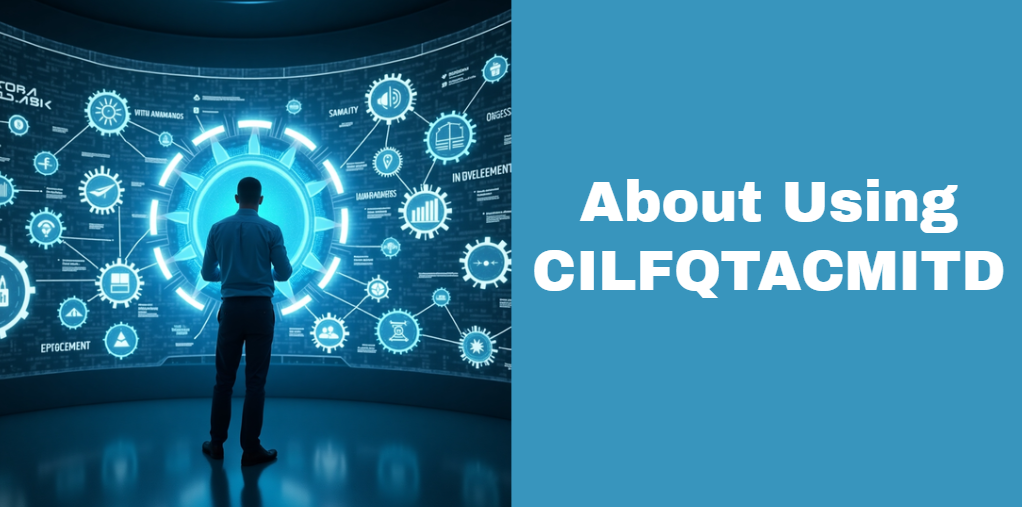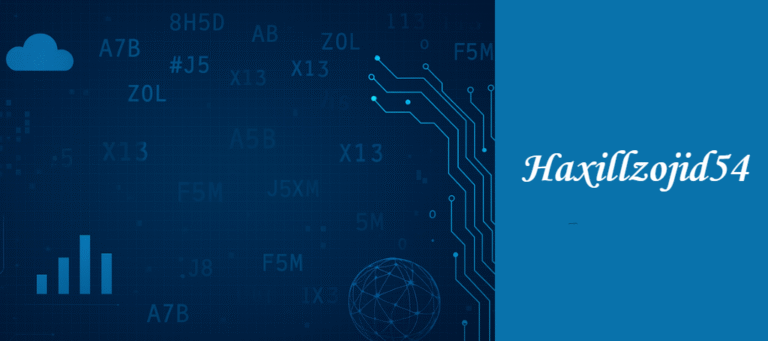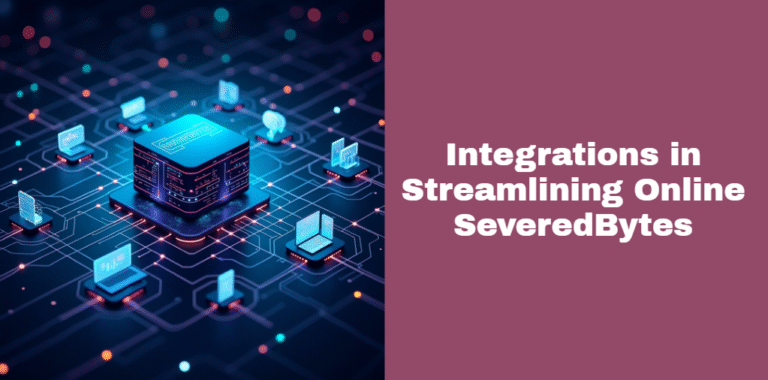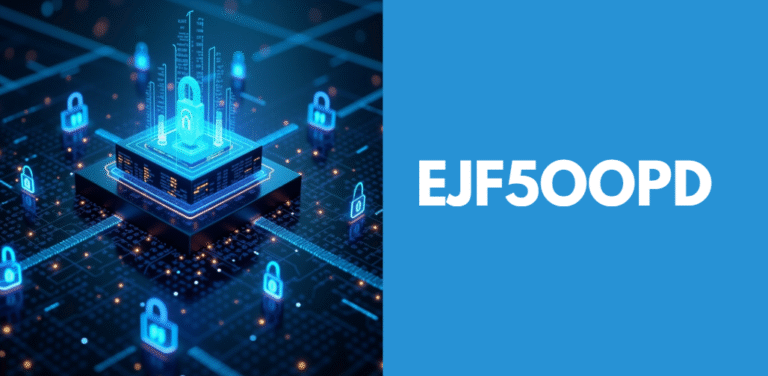Everything You Need to Know About Using CILFQTACMITD for Smarter Automation and Workflow Optimization
In the age of digital transformation, businesses and professionals are always looking for smarter ways to integrate technology with task management, leadership, and automation. One framework that encapsulates all of these concepts is CILFQTACMITD.
If you’re curious about using CILFQTACMITD in practical, easy-to-understand terms, this guide is for you.
What is CILFQTACMITD?
CILFQTACMITD is a multi-component framework designed to help teams and individuals manage tasks more efficiently by combining automation, collaboration, and technology. Though the name might seem complex at first glance, it is essentially a unified system that blends leadership practices, quality tracking, intelligent automation, and IT development. It’s used to streamline workflows, reduce human error, and increase productivity.
The acronym is often interpreted as:
“Comprehensive Integrated Leadership Framework for Quality & Task Automation with Collaborative Management in IT Development.”
This approach is not tied to a single tool or platform—it’s a methodology that can be implemented across many digital environments, from project management to system development, and even in personal productivity systems.
Core Components of CILFQTACMITD
To fully understand about using CILFQTACMITD, it’s helpful to break down its structure into understandable elements:
- Comprehensive & Integrated Leadership:
Leaders use centralized dashboards and data analytics to drive smarter decision-making across departments. - Task Automation:
Repetitive tasks are automated using tools like Zapier, Make, or Airtable Automations. - Quality Tracking:
Quality control is built into every layer—automated checks, version control, and performance indicators. - Collaborative Management:
Platforms like Notion or Trello facilitate teamwork with real-time updates, comment threads, and shared goals. - IT Development Tools:
Integration with APIs, GitHub workflows, and CI/CD pipelines allows for smooth development operations.
How Does It Work?
Using CILFQTACMITD means building a connected ecosystem where tasks flow seamlessly through various stages of planning, automation, and execution. Here’s a simplified overview of the workflow:
| Stage | Functionality |
|---|---|
| Data Input | Collecting raw input from forms, users, or systems |
| Task Assignment | Automated delegation using predefined rules |
| Progress Tracking | Real-time updates via dashboards and team collaboration tools |
| Quality Checks | Error scanning, QA testing, or review loops built into the flow |
| Feedback & Iteration | Reports generated and used for improving future workflows |
This cycle is continuous and helps in creating a self-improving system.
Benefits of Using CILFQTACMITD
Learning about using CILFQTACMITD is essential for any team or organization that wants to streamline their processes while maintaining high quality and performance. Some of the top advantages include:
- Increased Productivity: With repetitive tasks handled by automation, teams can focus on creative and strategic work.
- Better Collaboration: Shared tools and dashboards eliminate miscommunication and align efforts.
- Cost Efficiency: Automation cuts down on labor hours, reduces errors, and saves money.
- Scalability: You can start small and expand the system as your team or operations grow.
- Real-Time Decision Making: With analytics and dashboards, leaders can act on insights instantly.
Real-World Applications Across Industries
Here’s how different industries benefit from the CILFQTACMITD methodology:
| Industry | Application |
|---|---|
| Technology | Automating bug tracking, sprint planning, and continuous deployment |
| Finance | Fraud detection, compliance reporting, and workflow optimization |
| Healthcare | Patient record automation, diagnostic assistance, and appointment scheduling |
| Education | Personalized learning paths and assignment grading |
| Manufacturing | Predictive maintenance and real-time supply chain visibility |
These examples demonstrate that CILFQTACMITD is versatile and powerful, whether used by a solo freelancer or a multinational corporation.
Getting Started with CILFQTACMITD
If you’re new to the idea and wondering about using CILFQTACMITD, here’s how to begin:
- Map Your Workflow:
Document your current steps—from planning to execution. Identify bottlenecks. - Select Your Tools:
Choose platforms that allow automation and integration. Start simple—tools like Notion, Zapier, Trello, or Airtable work well. - Set Up Rules and Automations:
Use logic-based triggers and actions (e.g., “If task A is complete, assign task B to user X”). - Test and Monitor:
Run a small project using your new setup. Monitor performance through built-in analytics. - Scale Gradually:
Once you’re confident, expand the framework to cover more areas and integrate more tools.
Best Practices to Keep in Mind
To get the most out of your CILFQTACMITD experience:
- Start Small: Begin with a focused pilot project before rolling out to entire departments.
- Document Everything: Maintain clear documentation for each automation and process.
- Gather Feedback: Let users share what works and what doesn’t to improve system usability.
- Stay Flexible: Keep iterating your processes based on new needs and evolving technologies.
Challenges You May Face
While CILFQTACMITD brings many benefits, be aware of potential obstacles:
- Complexity in Setup: Initial mapping and configuration may feel overwhelming.
- Team Resistance: Not everyone adapts to automation easily—training is key.
- Integration Barriers: Legacy systems may not be fully compatible, requiring custom API solutions.
- Data Security: With automation comes the need for robust encryption and access controls.
Case Examples
Let’s examine how real users have implemented CILFQTACMITD:
- Software Development Teams:
Developers use CILFQTACMITD to automate bug detection and deployment, speeding up releases by 40%. - Financial Firms:
Risk analysis is streamlined by connecting multiple data sources into a single dashboard with automated alerts. - Small Businesses:
Entrepreneurs automate email responses, CRM updates, and order processing without needing a tech team.
Future Outlook
The future of using CILFQTACMITD lies in further integration with AI, Internet of Things (IoT), and quantum computing. As technology evolves, so will the capabilities of this framework—making it even more adaptive, predictive, and intelligent.
Conclusion
Understanding about using CILFQTACMITD isn’t just for tech experts—it’s for anyone who wants to work smarter, not harder. By combining leadership, automation, quality assurance, and modern technology, this framework paves the way for more efficient, organized, and scalable systems.
Whether you’re running a small business, managing a large team, or just trying to automate your own daily tasks, CILFQTACMITD offers a structured, scalable solution that can fit your needs perfectly.
Recommended Articles
Pizokeelio: The Future of AI Companions – Features, Benefits and What You Need to Know
ZOSQK Explained: The Mysterious Tech Term Redefining Digital Innovation
Uncovering the Truth About 805-354-1683: Scam Alert, Safety Tips & Real Call Reports





